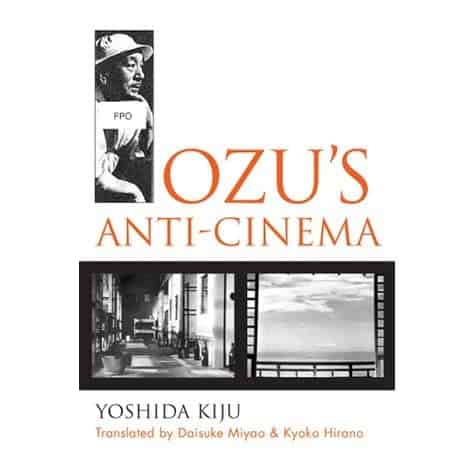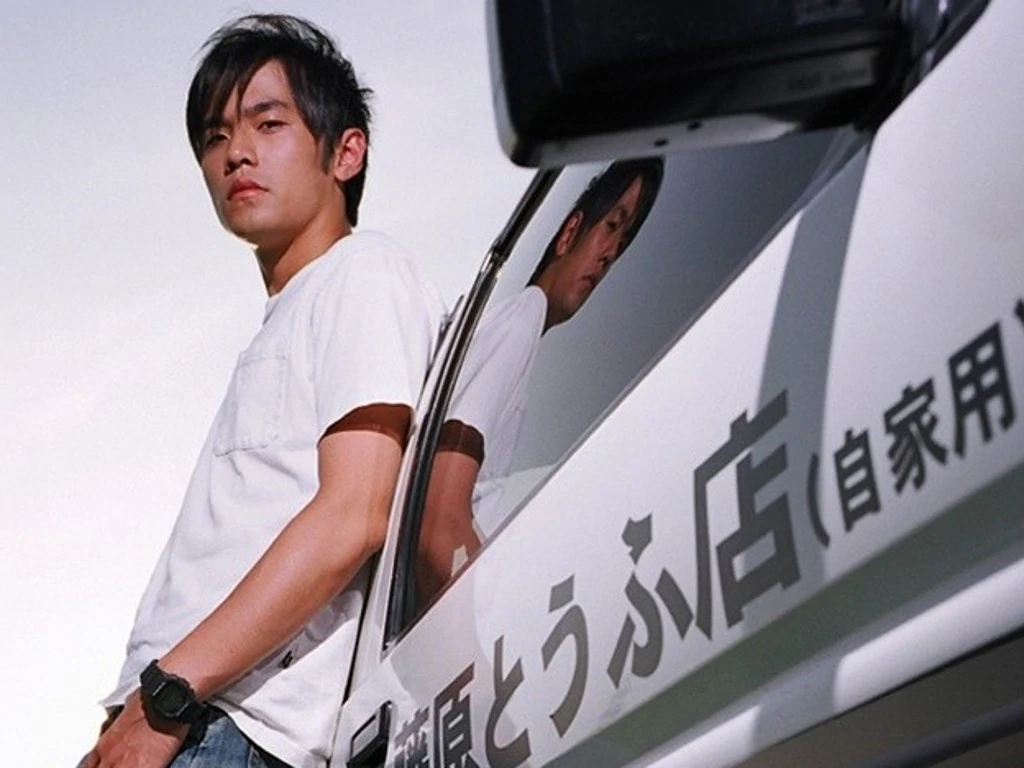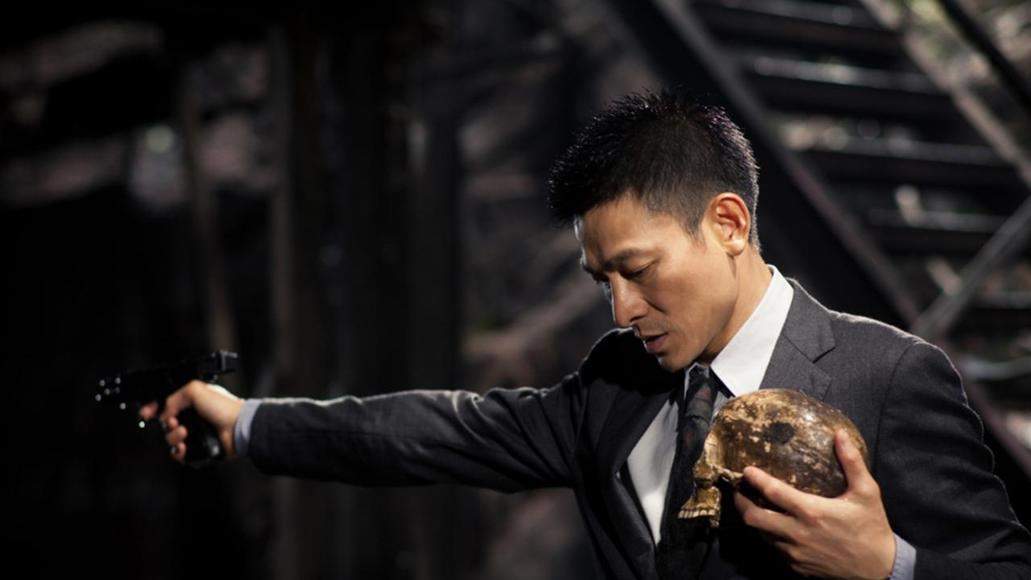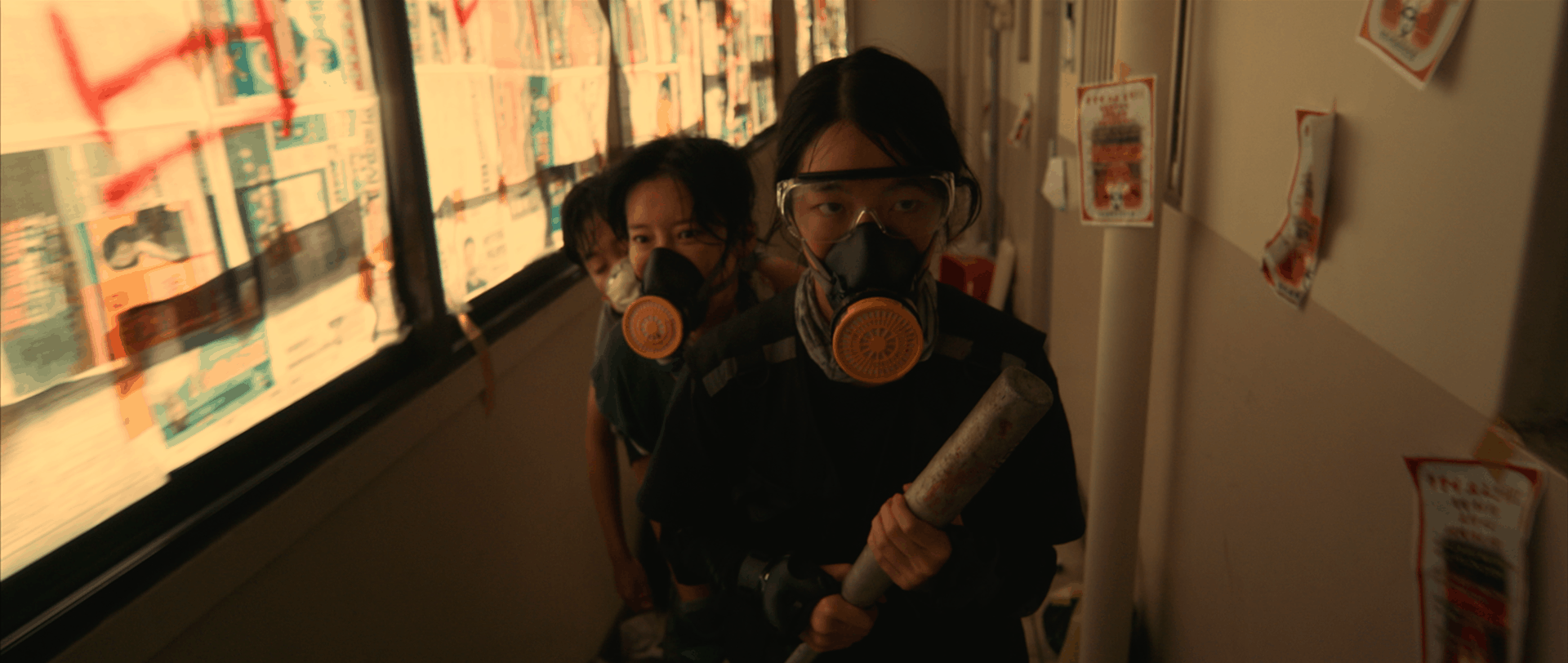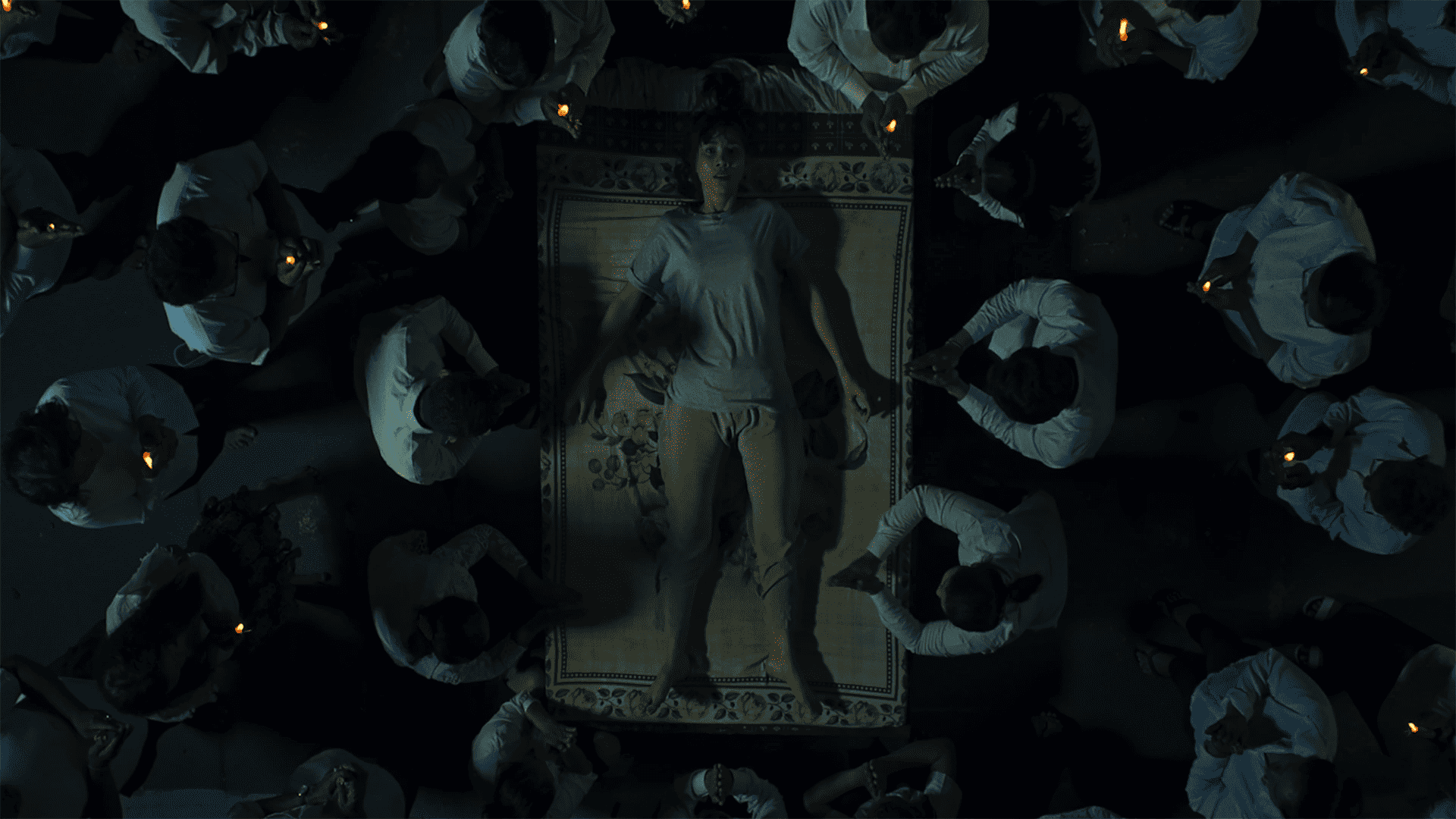Yoshihige Yoshida was 22 years old when he joined Shochiku film studios as an assistant director. At that time, around 1955, Yasujiro Ozu was a nemesis for many young filmmakers at the facility. Ozu resembled commerce and conservatism, a person that does not care for the sociopolitical uproar of the postwar youth and probably the least role model for the yet to be founded “Shochiku New Wave”. Nonetheless, Yoshida, as a part of this new generation of directors, was deeply touched by Ozu's words and tried to comprehend the meaning of his views on the world and cinema. 30 years after the passing of Yasujiro Ozu, he began to develop a theory about his films. It took five years to finish and is titled “Ozu's Anti-Cinema”. The book is based on personal encounters with the director leading from Yoshida's beginnings at Shochiku to the last visit at Ozu's deathbed.
Buy This Title
The translator's introduction by Daisuke Miyao gives a good overview of the state of Ozu publications, contextualising Yoshida's text with the works of foreign researchers like David Desser, Donald Richie, Paul Shrader, David Bordwell, Kristin Thompson, and Noel Burch. Miyao deconstructs the term “Japaneseness”, often used to describe Ozu's aesthetics, and points out the influence of Western cinema on the director. The preface allows easy access to the first chapter, in which Yoshida lays out his private experience with Ozu and starts to analyse his films in chronological order. He emphazises the American influence in “Days of Youth” (1929) and “Walk Cheerfully” (1930), and also identifies the limits of Ozu's art of imitation in “I Flunked, but…” (1930), caused by the cultural differences between Japan and the West. As a consequence, the filmmaker pushed for a more cinematic style, neglecting the non-cinematic “Japaneseness” from his movies. Yoshida writes about how the economic crisis of 1929 puts an end to the Hollywood cinema that Ozu once glorified and turns him into a more socially conscious director, notably when the depression also hits Japan and terminates the modernism of the Showa Era.
Yoshida mentions “Tokyo Chorus” (1931) as a turning point in Ozu's work. By portraying working-class families hit by the economic crisis from now on, Ozu's stories miss a certain kind of lightness known from earlier slapstick comedies and are no longer a transfer picture of Hollywood. This is the Japanese family in a time of Japanese crisis. The book draws a line from these working-class family dramas to Ozu's later portayals of upper-middle-class families and their struggles evolving around male authority and arranged marriage (e.g. “Late Spring”1949, “Early Summer” 1951). Here, Yoshida points out one of his core arguments about Ozu's style: “Repetitions and differences”. Imitation, repetition, and trivial differences create a passive way of cinematic expression that barely dramatises the problems of the world. Based on a primal disappointment of the abilities of the camera to portray the real world, Ozu decides that any cinematic exaggeration insults the complexity of the chaotic real world. As a result, he develops a non-existing style to repent for the sins of cinema. Yoshida describes the intention behind it as followed: “Deconstruct any sense of beauty, any realistic appearances, dramatic catharsis, or avenues for the viewer's identification with the film”. (S.148)
Episodic narration, low camera angles, frontal shots of actors whose gazes drift around aimlessly, and emotionless dialogue that sounds like monologue complete Yoshida's analysis of Ozu's style. Characterised by a simple story, yet difficult to interpret, Yoshida concludes: “Ozu-san's films are endlessly difficult because it is not clear why he was obsessed with uneasy and distorted forms of expression.” (S.148) Being at the same age as Ozu at the time of his death, Yoshida, who is a renowned director on his own, struggles with the genius of the movie maker and is haunted by the last words that he heard from him: “Cinema is drama, not accident.” Proceeding from this statement, Yoshida tries to unravel the meaning of drama and isolates it from the general perception that drama means dramatization. He rather locates the drama in the everyday routine as portrayed in the films of Ozu. Everything else, fabricated situations with artificial substance, is not drama but accident.
Yoshida portrays a picture of Ozu shaped by self-doubts. A person, who hates the cinematic apparatus, but is still fascinated by it from an early age. In this bizarre relationship, Yoshida sees the motivation for the director's drive to put his disappointment that he had by shooting films on a level with the audience. In terms of style, Ozu wanted to show the viewer the perfidious tools of cinema, its illusion, and put him in an emancipated position, which allows him to choose what to see.
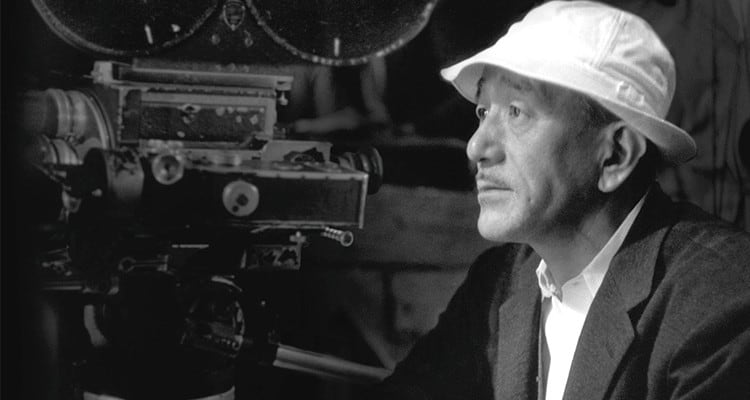
The analyses in the book are very deep and lay out a construct which connects reoccurring themes and techniques between Ozu's films. It includes Ozu's obsession with the decay of the Japanese family, its rituals, and the topic of aging. By repeating certain terms like “repetition and differences” and “chaotic” world” in the context of different movies, the author cements his theory and makes it easier to understand. In some passages, the author himself tends to drift into chaotic remarks. When Yoshida begins to describe the “gaze of things”, meaning the way the air pillows look at the elderly couple in “Tokyo Story” (1953), it seems a bit too abstract for the common reader to gasp what he means by that. Although he mentions this concept several times, it remains one of the few things not fully understandable.
“Ozu's Anti-Cinema” is an essential companion to the Ozu reader with an enlightening introduction by Daisuke Miyao. It's an important book, because it gives insight from a Japanese, not from a Western scholar, and furthermore from a Japanese artist, who used to be around Ozu when he was still alive. This is as close as it gets. Yoshida translates numerous deep messages from Ozu's filmic presentation into worldly wisdom. Like the sad limitation of human ability not being able to consciously live in the present. Human beings are not able to fully understand the moment that they live in. Its meaning only reveals itself in retrospect. This central concept of time is one of my favorite examples that Yoshida explains in relation to Ozu's characters. You don't realise what you have until it's gone. He quotes Ozu: “The only way to overcome the cruelty of the everchanging present is to repeat it, to stop the linear flow of time, and to express it in the past tense.” (S.141) With that, Ozu justifies the many scenes of class reunions witnessed from “Tokyo Chorus” (1931) to “Autumn Afternoon” (1962), which let us take part in situations where old friends talk nostalgically about bygone days. This is just one example of the universal significance one can take from his movies and reading “Ozu's Anti-Cinema” will improve your awareness for this kind of playful sequences.
For the completist, this book is not the ideal read. Yoshida concentrates on Ozu's work at Shochiku and neglects his last black/white movie “Tokyo Twilight” (1957) and first color film “Equinox Flower” (1958). Also, the more vulgar flick “Good Morning” (1959) is not commented on. The author does not claim to be an expert on Ozu's inner world and can only assume what drove him to direct films the way he did. In the end, Yoshida remains baffled by the master's last words (“Cinema is drama, not accident”) and his works remains a mystery to him, no matter how often he sees them. Therefore the book is not only about Ozu, but also about Yoshihige Yoshida and tells about the thinking of another great Japanese director.


